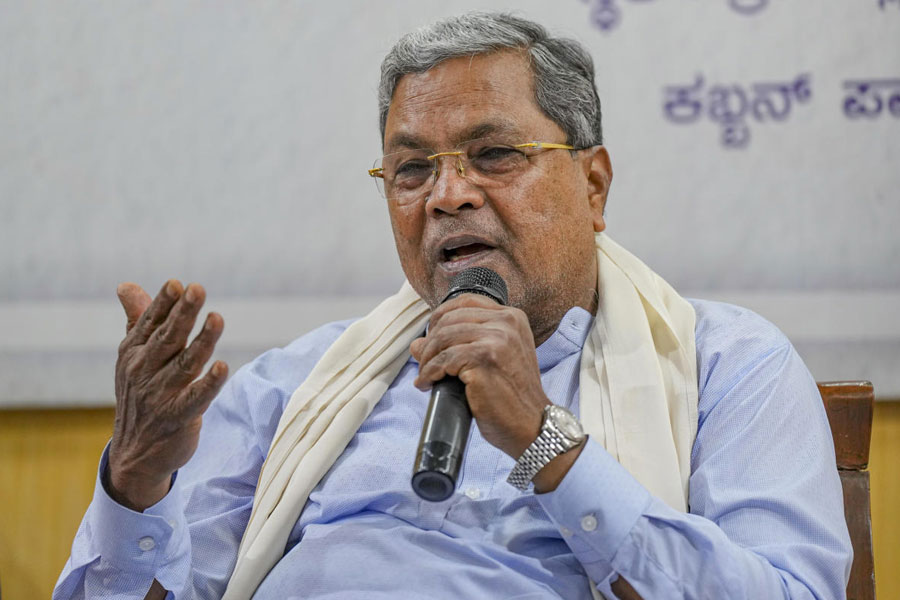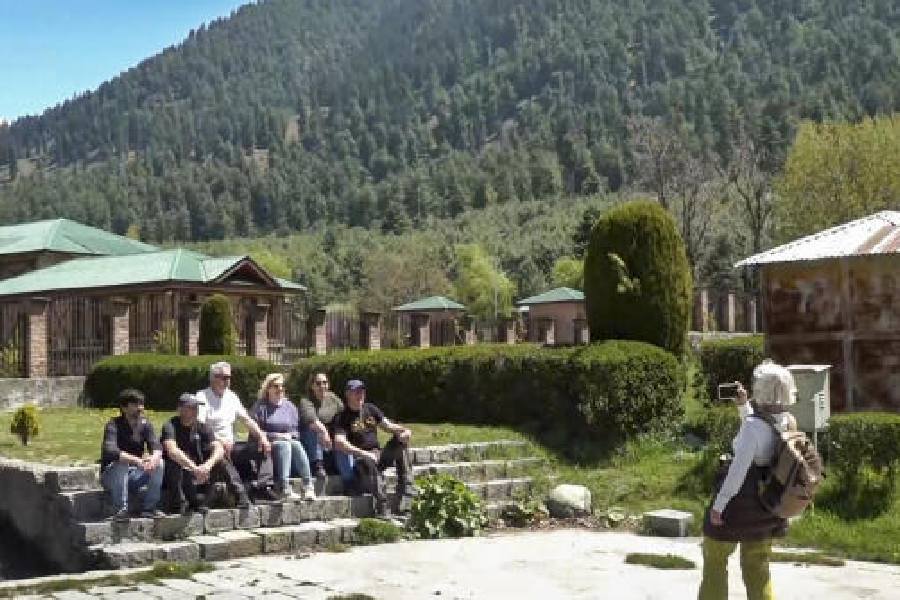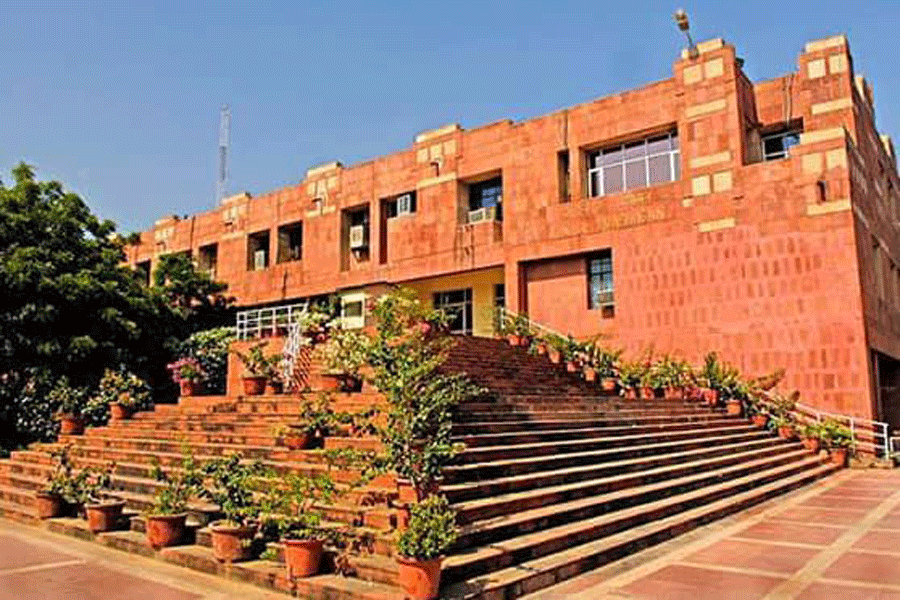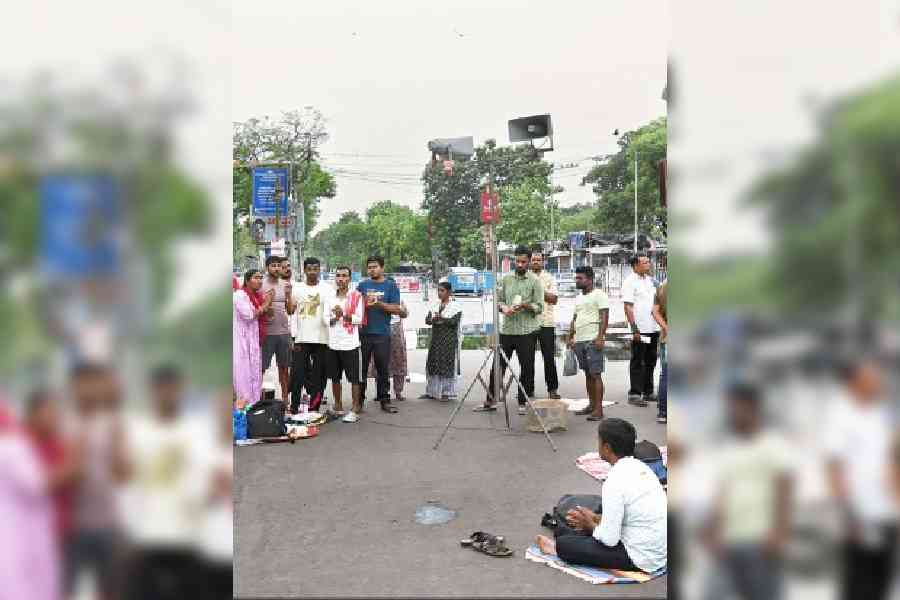 |
| Strawberries forever |
Bhagalpur, April 27: Strawberry, the fruit component of Wimbledon’s signature snack served with cream, is working like an ace service for some farmers here because of its high returns.
Some farmers have jacked up their profit thrice in the past few years by growing strawberry besides traditional crops like rice, wheat and vegetables. It is a win-win situation for buyers also, as they are getting the exotic fruit for less. The home-grown strawberry is sold in local markets between Rs 350 and Rs 425 per kg.
Deepak Verma of Sabour started cultivating strawberry with rice and wheat taking into consideration the profit factor. Besides a healthy return from the crop, he had the privilege to serve the fruit from his farm on the breakfast platter of chief minister Nitish Kumar during his visit to Bhagalpur to attend a function at his friend’s house.
Amit Kumar, another farmer who ventured into strawberry farming, also had some interesting experiences to share. “I purchased strawberry at Rs 1,200 per kg during my visit to New Delhi in 2010. Last year, I was surprised to enjoy the taste of strawberry at Bihar Agriculture University (BAU), Sabour, at a comparatively low price — only Rs 100 per kg. Moreover, the fruits here were fresher than those in Delhi,” he said.
Several farmers residing near BAU are reaping the delights of strawberry in their fields.
“It is a cash crop for us. With the support from the BAU, we can easily earn a huge profit growing strawberry,” said Verma.
Ambika Yadav, another farmer, claimed that he earned a profit of over Rs 35,000 growing strawberry. Vegetables earned him a profit of hardly Rs 12,000.
According to Verma, the farmers cultivating strawberry as a cash crop still grow traditional crops like rice, maize and wheat. “Those who cultivated vegetables adopted the new fruit as an experiment,” he said.
Bhakti Das, another framer, said he cultivated strawberry in place of vegetables as an experiment and had an exciting result. So did several other farmers.
The fruit is undoubtedly gaining popularity in and around Bhagalpur because of BAU’s efforts. The varsity’s scientists have successfully developed the variety of strawberry plants that can grow in the local soil and weather conditions from plant runner — a fast growing stem that grows on the surface of the soil.
“Strawberries, like grapes or potatoes, were originally temperate zone crops. But we now have varieties that can grow in the plains,” said Harishchandra Singh, the deputy director-general of horticulture of Indian Council of Agricultural Research (ICAR), New Delhi. “We have grapes in Maharashtra and potato in Tamil Nadu —- so why not strawberry in Haryana or Bihar?” said Singh, who had during the early-1980s demonstrated the production of strawberry in Ranchi.
BAU started strawberry cultivation as an experiment in 2010 on over half acre in its farmhouse with different varieties of strawberry plants from Himachal Pradesh and other hilly states where the fruit is cultivated on a large scale.
Mewalal Chaudhary, the vice-chancellor of the BAU, said after encouraging yield for two consecutive years, the varsity undertook some new experiments by introducing new varieties.
Rabui Rani, a junior scientist at the department of horticulture at the BAU and the principal investigator of the strawberry project, said the varsity first started cultivating sweet Charlie, camaroas, winter dawn, festival and florina varieties. “We received unexpected result from sweet Charlie and festival varieties. The shape and size as well as overall yield of these two varieties were very encouraging in comparison to others,” she pointed out.
Rani said like all the other varieties, sweet Charlie and festival were also developed from runner of plants. She said the taste and the quality of the strawberries produced at Bhagalpur was same as those produced in other states having favourable climate and soil conditions in comparison to Bhagalpur.
The junior scientist said the strawberry cultivation season in Bhagalpur was from October to February. The plantation should be done in the first week of October and fruits start reaping from end-January. According to her, a farmer can produce 20-25 tonnes of strawberry on one hectare of land.
Vice-chancellor Choudhary said over 70,000 saplings developed from plant runner were sold to farmers for Rs 50 each in October-November 2011. The varsity would make them available to farmers at a nominal price in the next season also.
But ICAR’s Singh cautions that strawberry needs special care after harvesting. “It is a perishable fruit that needs to be protected from heat after harvesting — and if there is saturation because many farmers are cultivating it, there could be a price crash,” Singh told The Telegraph.










